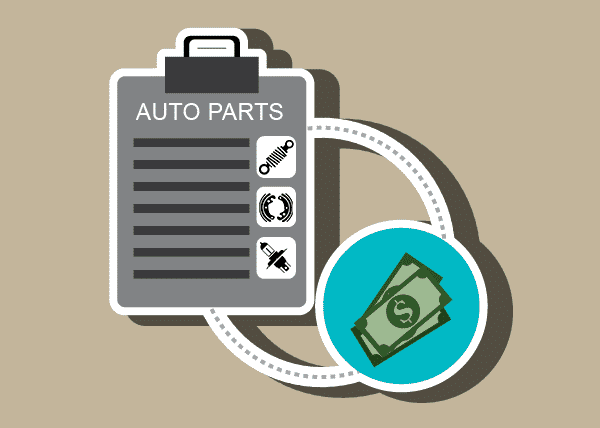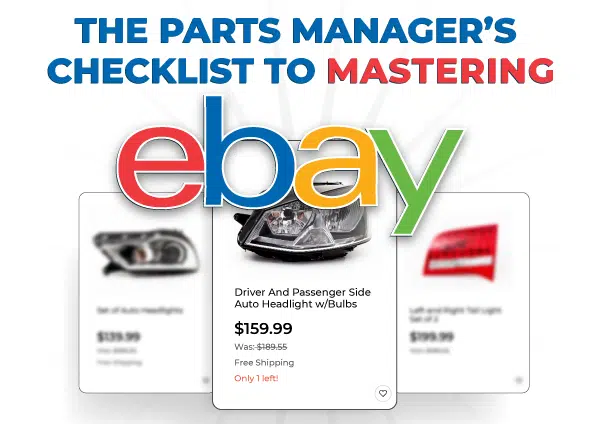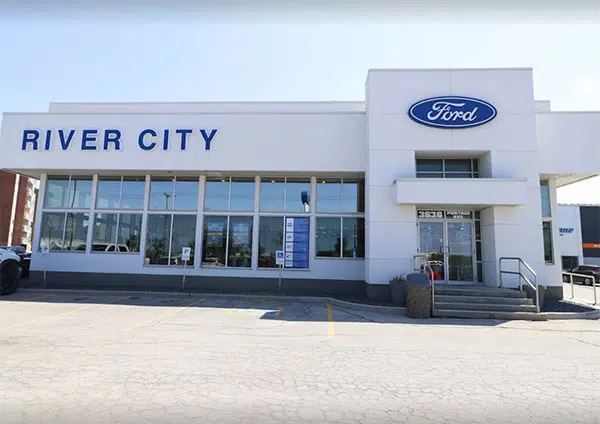Parts pricing is often a contentious subject that will evoke many opinions and can lead the discussion in many ways. Mercedes-Benz, for example, has close to 300,000 part SKUs. Does that mean a dealer should sell all 300,000 parts at the same price or discount level? Of course not!
WEBINAR: How to Sell Luxury Brand OEM Parts & Accessories Online
One thing that is observed throughout the industry is that MSRP is simply used as a reference. Once the dealer purchase parts from the OEM, they have the option of setting the price at which they will be sold. They can install a pricing escalator (Matrix Pricing) or they can sell a customer a $100,000 single high-volume order at cost plus 2%.
Parts should be priced to market or customer depending on what the market or customer will bear. As an example, a part typically has a much higher price in the dealer’s local market as opposed to selling a part online. If the part is needed the same day, you can command a higher price.
When selling online, be mindful of the concept of “Loss Leaders” much in the same way major retailers have weekly or monthly specials or sales. They advertise very aggressive discounts for a limited time to “lure” the customer in where they can present or bundle other items with a much higher mark-up. Department Stores strategically place impulse items at the cash register for a reason.
RELATED: The Parts Manager’s Pricing Guide to Maximize Gross Profit
The top 5 things to keep in mind when parts pricing:
#1. Non-captive parts have little if any margin, but other higher margin captive items should be bundled together.
#2. Online pricing for your local market should be at straight MSRP to avoid pricing conflicts with your service customers. Parts sold online to a national audience are typically sold at cost plus, rather list minus.
#3. Volume drives discounts. Even if you only sell at cost plus 2%, your driving volume towards your OEM parts purchase objective that can lead to back-end OEM bonuses which can be vital to overall dealership expense absorption. 2% of $100,000 is more than 35-40% of nothing.
#4. There is parts pricing transparency online. You don’t have to be the cheapest, but you need to be competitive. Why give the customer a reason to go somewhere else? Many dealers have a price match policy much like major electronics stores. Study the competition for pricing trends. We can learn a lot.
#5. Leverage technology and offer a 24/7 online parts store. If you have a repeat customer, set them up with their own user ID and password and offer them a discount to stimulate repeat purchase.




